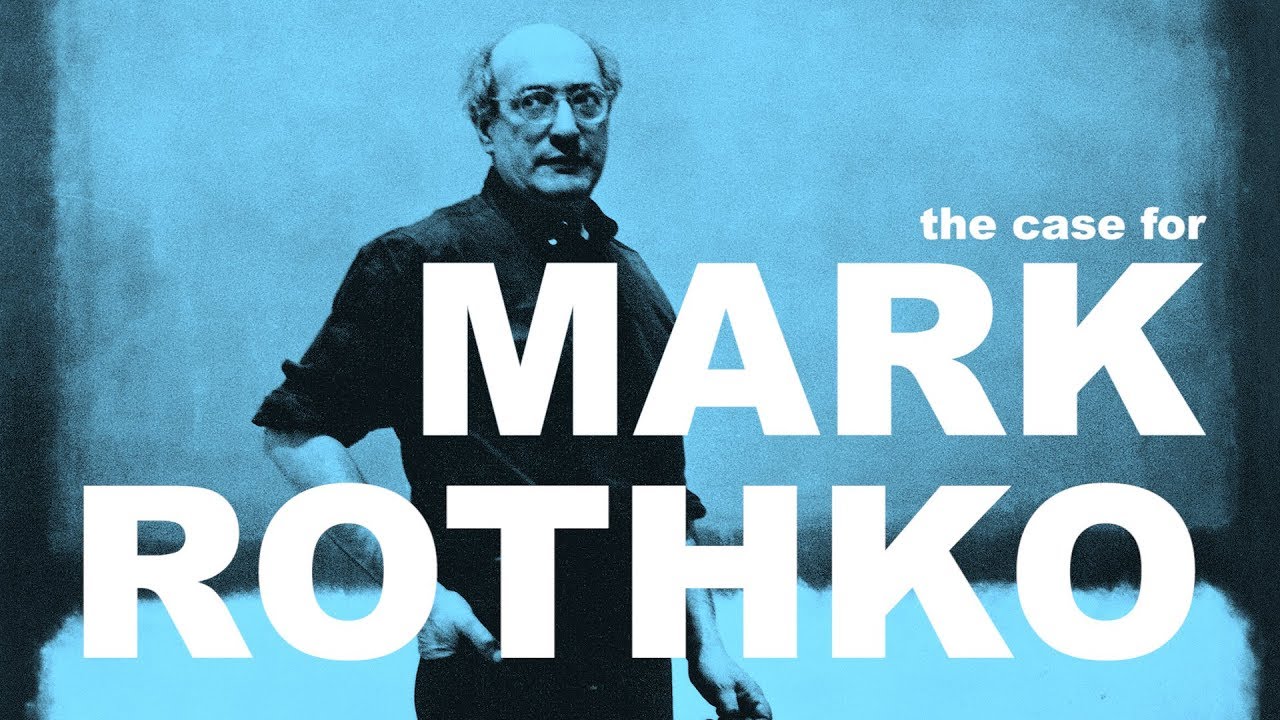
Robert Draws – Mark Rothko was one of the most influential figures in modern art of the 20th century. His works became known for large blocks of color that seemed simple but radiated profound emotion. Rothko was not just a painter; he was a pioneer of the abstract expressionist movement. He developed a unique style that was rich in emotional meaning. While his art transformed the face of modern painting, his personal life was a stark contrast. Heavy depression filled his days, and in 1970 the world was shaken by the tragic news of his suicide. His artistic legacy continues to live on and inspire creators around the globe. Yet, behind his masterpieces lies a dark side that had long remained hidden from the public eye. This tragedy reveals that genius does not always coexist with happiness.
Mark Rothko’s fame began with his bold rejection of traditional boundaries in art. He moved away from figurative styles and embraced pure expression through color and form. His works often featured two or three floating blocks of color on a flat background. Yet beneath the simplicity was a search for existential meaning. Mark Rothko used the canvas to explore human mortality, spirituality, and emotional struggle. His work gained wider recognition in the late 1940s and throughout the 1950s, especially in the United States. Major galleries began to showcase his paintings, and art collectors sought after his works. However, public success did not ease his psychological burdens. Anxiety and loneliness remained constant companions despite his growing reputation as a legend in modern abstract art. His artistic triumphs could not silence the inner turmoil that plagued his mind.
“Read about: Step Inside the Haunting Nightscapes of Olmo Gasperini, If You Dare”
Though his paintings showed bright and gentle tones, Mark Rothko struggled with deep emotional unrest. He chose dominant reds in some of his major works not just for aesthetic purposes but to represent internal conflict. In several interviews, Rothko described his art as a meditation on human suffering. He believed true art should express tragedy, ecstasy, and fate. He painted many of his pieces while facing intense psychological pressure. In the final years of his life, he shifted toward using darker and more muted colors. These tones represented his growing sense of emptiness and emotional darkness. Art curators and psychologists often linked his late works to visible signs of despair. This pattern shows how powerfully art can reflect the mental and emotional state of its creator.
On February 25, 1970, Mark Rothko was found dead in his studio in New York. He had taken his own life by slashing his wrists and consuming a large amount of medication. At the time, the studio was filled with dark-hued paintings that created a somber atmosphere. News of his death shocked the art world and marked a major moment in American cultural history. Prior to his passing, Rothko had shown signs of severe depression and withdrew from most social interactions. However, his condition was largely unknown to the public because he remained private and rarely made media appearances. Art scholars suggest that this tragedy not only claimed the life of a great artist but also left behind lingering mysteries. The true motives behind his suicide continue to spark debate among academics. Meanwhile, his final paintings are displayed in galleries as symbols of a tragic yet poetic ending.
Despite his tragic end, Mark Rothko’s legacy continues to be celebrated by new generations. Major institutions such as the Museum of Modern Art in New York and Tate Modern in London have dedicated spaces to exhibit his works. Many contemporary artists have cited Rothko’s emotional and spiritual approach to art as a source of inspiration. He is viewed as a painter who made abstract art speak directly to the human soul. Even in today’s fast-paced digital era, the universal messages in his paintings remain relevant. In a world overwhelmed by noise and chaos, Rothko’s work provides a quiet space for introspection. His life story serves as a reminder that success does not guarantee happiness. The battle against mental pressure must be recognized and addressed within the creative community. Rothko proved that art is not just about aesthetics but also a vessel for the deepest expressions of the human soul.